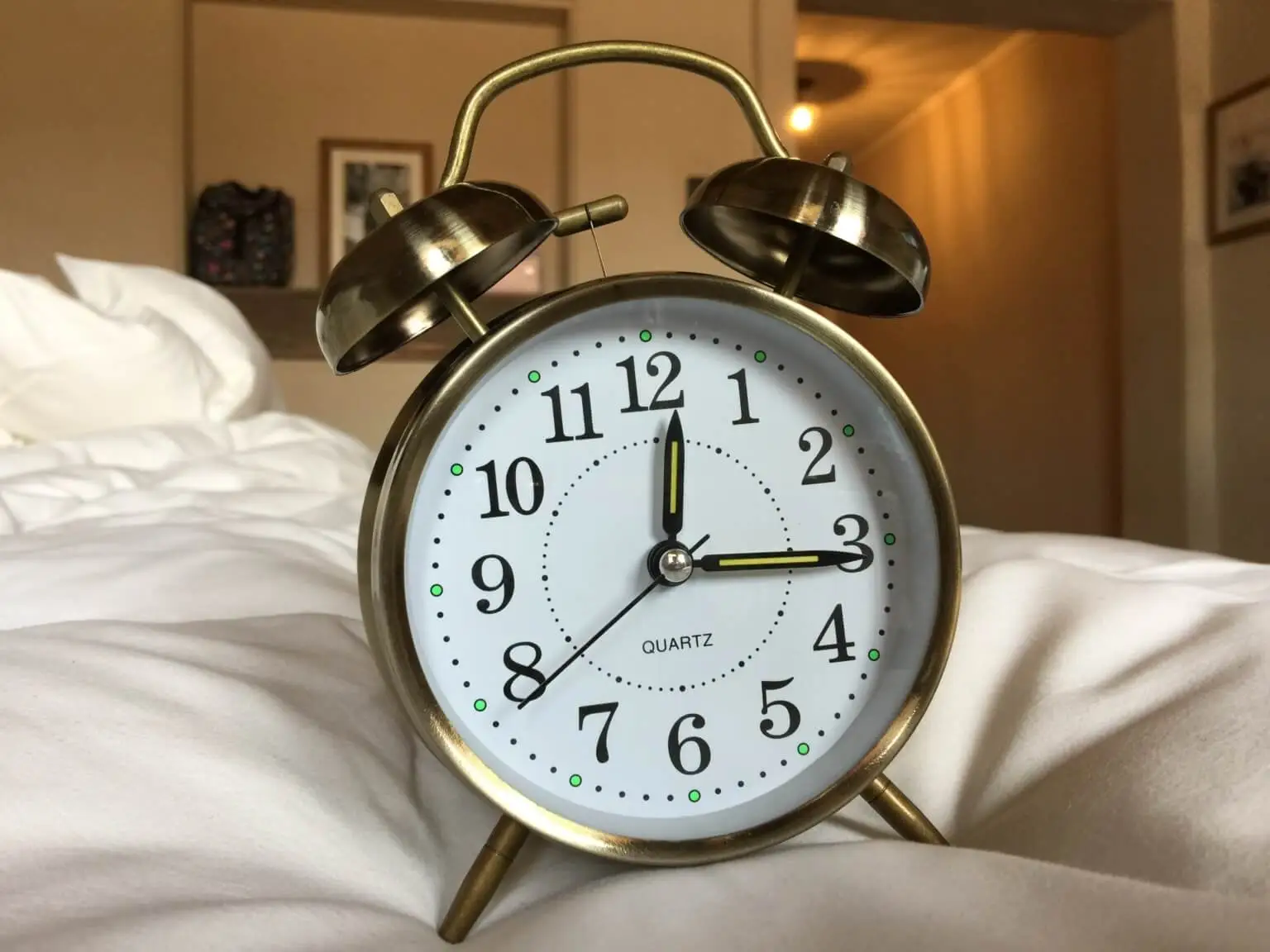Originally published February 24, 2015 , updated on May 31, 2023
Back at business school the notion of research was drummed into my head time and time again. Writing a new business plan? – Let’s see your Research. Launching a new product? – Where is the Research on your competitors? At the start of 2014 there were an estimated 5.2 million small businesses in the UK (https://www.fsb.org.uk/stats) I found that out from conducting secondary market research for this article.
So with more and more SMEs popping up, how do you stand out from the crowd and how do you define your USP? Here’s that word again…Research!
Secondary Market Research is typically seen to be an easier method than primary market research. It already exists; some kind soul has already done the dirty work for you so it saves time and money collecting essential data. It’s often cheaper than doing primary research too, no need to spend money in creating & distributing questionnaires or assembling focus groups.
Of course, there will always be disadvantages to secondary research methods. You have no control over how this data was collected. Therefore, there could be biases in the data, and ultimately the answers you find may not fit the question you’re asking.
Ultimately, any research you conduct should lead to a better understanding of your market, your customers and inform any future actions you take. And secondary market research is no exception.
Post Views: 1213


















